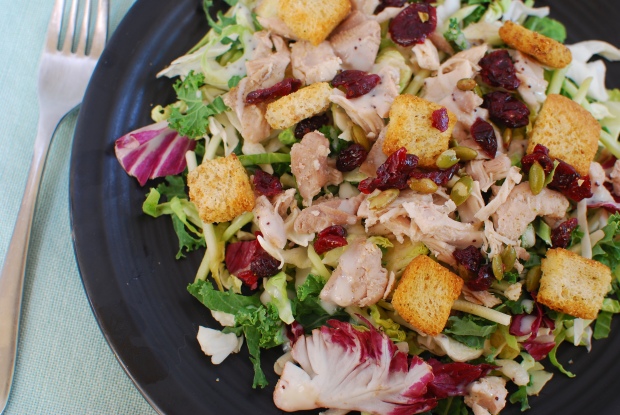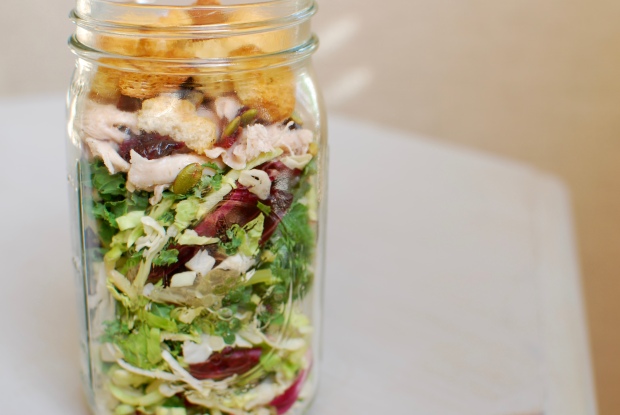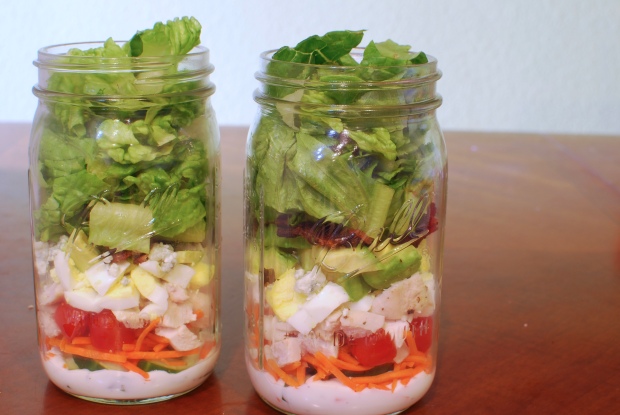Lately, I have been having a lot of people tell me that their children are the reason that they cannot eat healthy. “I can’t eat that because my child won’t eat it” or “My children have to have the goldfish. And I just can’t control myself when those snacks are in the house”. Part of our jobs as parents is to help our children become healthy eaters. Having two picky eaters myself, I know how unbelievably frustrating it can be to get them to eat healthy. Now, while we cannot make our children be healthy eaters, but we can help them learn to make healthy decisions. Instead of letting our children keep the whole family from eating healthy, let’s make this a family affair and work on eating healthy together. Below are some tips for encouraging your kids to make better food choices and in turn eat better yourself.

No Clean Plate Club
First off, absolutely DO NOT make your children finish their plate. I know how tempting it is to tell them they need to eat all their food, especially when you just spent the last hour making it. When we force a child to finish their plate, however, they do not learn proper self-restraint around food. Researchers found preschoolers, whose parents forced them to clean their plates, did not learn self-control of food amounts. One study showed that children who had been made to clean their plate at home, would request twice the amount of food when away from home.[1] Trying to use force to get kids to do things sets us up for a power struggle. The last thing you want is to be part of a bartering match at the dinner table. Anyone who has attempted to barter with a child knows it’s hard to win. Instead, ask them to check in with themselves while reminding them once this meal is over, there will not be food again till the next snack or meal time. For a younger child you might ask “Check in with your tummy. Is it full? Remember once breakfast is over, we won’t have food again till we get home from the library.” They may get it wrong sometimes and not eat enough, but that is ok. That is how they will learn their own internal fullness cues.
No Bribes.
Do not use food bribes to get your child to eat other food. None of the “I’ll give you dessert/ fruit if you eat all your whatever it is that you clearly don’t want to eat.” Instead just encourage them to taste the offending food. Explain they do not have to eat it; they just have to taste it. For young children you can ask them to lick or kiss the broccoli (or whatever the offending object might be). Generally, the sillier you make it, they more likely they will give it a go. The more exposure they get to different foods (even ones they do not like now) the more likely they are to eat them later on.
Things do taste different to them.
Ever wondered why things you hated as a kid you like now? Things really do taste different to children. Children can have up to two times more taste buds then adults. This makes food taste stronger to them. Keep this in mind when you are flabbergasted that they don’t like your delicious dinner. So be respectful, encourage them to taste it and leave it at that. Just because they do not like something now, doesn’t mean they will always dislike it. Keep offering the offending foods and one day you may be surprised.
Offer something they do like.
When you plan dinner, make sure it has at least 1 thing that everyone likes. Include one food option that you know each child will eat. That might mean there is chicken for Betty, sweet potatoes for Sam, and peas for George, or whatever the dynamic in your house is. In our house this means there is always sweet potato or white potato, plain meat, a bland veggie and plenty of ketchup. Worst case scenario, there is at least one thing for each of them and everyone will eat something even if it isn’t the balanced perfect meal you envisioned. Remember though, keep offering different foods. If they hate broccoli now, do not quit offering broccoli. A lot of children do not like to try new or unfamiliar foods. (Which is good thing, anthropomorphically it kept us surviving as a species. Imagine if our early ancestors’ children ate anything and everything they came across? Poisonous berries or mushrooms? Uncooked meat?) Kid’s preferences can change. Just because they don’t like something today doesn’t mean they will continue to dislike it down the road. My kids commonly go through an “only meat phase”, or the ever painful “it has to be orange phase”, but these phases pass and they move on (sometimes to an even more annoying phase). Just no fuss when they do turn up their nose at something, which is difficult when you just spent all afternoon making what was once their favorite food.
The Snack time hold out.
Some kids will learn that they are given more exciting foods at snack time and will hold out for them. Ever notice your kid is never hungry at mealtimes but when snack time come around they can pack it away? The easiest fix for this? Get rid of the snacks. This is especially key if your child’s snacks are a trigger food for you. (A trigger food is a food that you have a hard time controlling yourself around.) For the snack time, you can try offering what was left over from the prior meal. When they don’t finish a meal wrap it up and put it aside. When “snack time” rolls around, offer them the previous meal. Only do this, however, if you know the meal offered was something they like. You don’t want to try and trick your kids into eating foods they don’t like.
Kids will not starve themselves.
Studies show anywhere for 10 to 50% of parents believe their child is a picky eater, however majority of those children continue to grow and mature at a normal rate.[2] If, however you are worried there are red flags, go meet with your pediatrician express your concerns and have them show you your child’s growth curve. Most likely your Dr. will reassure you that your child is still growing ok.
Keep them involved

A brave shopping trip with my youngest and the “cart of doom”.
Let the kids help pick out the meals. Ask them if they have any requests for meals. Then let them help make the meal. They can assist you in finding the ingredients at the grocery store. I know, shopping with kids is a nightmare, so you might as well give them a job to do and keep them occupied. If you are feeling really patient, let they use those miniature kid carts (or as I call them the “the miniature carts of doom”) Also, let them assist in preparing the meal. Depending on the age they can help up put together a salad, stir, add ingredients to a pan or bowl, or even start chopping food. Not only will they enjoy spending time with you, but they also are more likely to try the foods if they had a hand at helping to make them. Just stock up on a lot of paper towels and have the broom nearby.

My kids helping make a salad for dinner. They didn’t eat it much of it, but they tasted it.
Don’t let them see you sweat.
While they can’t really smell fear (or can they? Mine seem like they pick up on my apprehension quickly) they are watching us like a hawk. Children learn from observing us. They learn how much to eat, what to eat, if they should try new foods, and how fast they should eat. Make sure you are setting the best example you can.
Food is not love.
Feeding our children is nurturing act, and the line between food and love can get blurred. Sometimes, parents give children extra food and treats in order to obtain affection. You may also see this when extended relatives, like Grandparents, visit. This can lead to a very unhealthy relationship with food. Both the child and the parent can become dependent on this relationship of giving extra food and treats to get more affection. Love is love. Food is not. Use empathy and affection to show love, not food and treats.
Healthy eating is a lifestyle not a diet. By involving the whole family everyone is more likely to succeed in the long run. Not only will you raise healthy eaters but you will maintain your goal of living a healthier lifestyle. Plus, you are setting up your child with important food skills that will last them a lifetime. By involving everyone in the planning and prep, by not pushing or bribing, by respecting taste differences and offering different foods you are setting your children up with a lifetime of healthy habits. When the whole family is on a mission together everyone is more likely to succeed. It won’t always be easy, but really what about parenting is easy?
References
[1] Brian Wansink, P., Collin Payne, P., & Carolina Werle, P. (2008). Consequences of Belonging to the “Clean Plate Club”. Arch Pediatr Adolesc Med., 162(10):, 994-995.
Brown CL, P. M. (2016, Nov – Dec;). Maternal Concern for Child Undereating. Acad Pediatr., 777-782.
Christina Ong, K. Y. (2014, April). Managing the ‘picky eater’ dilemma. Singapore Med J.(55(4)), 184–190.
Robert A. Pretlow, R. J. (Br J Nutr., September). Similarities between obesity in pets and children: the addiction model. Br J Nutr., 116(5): , 944–949.
[2] Wright CM, P. K. (2007, october). How do toddler eating problems relate to their eating behavior, food preferences, and growth? 120(4, 1069-75.



















